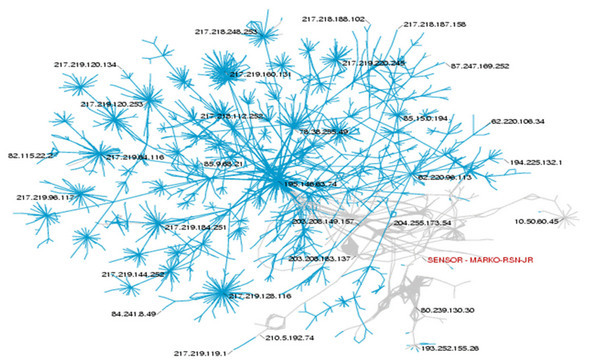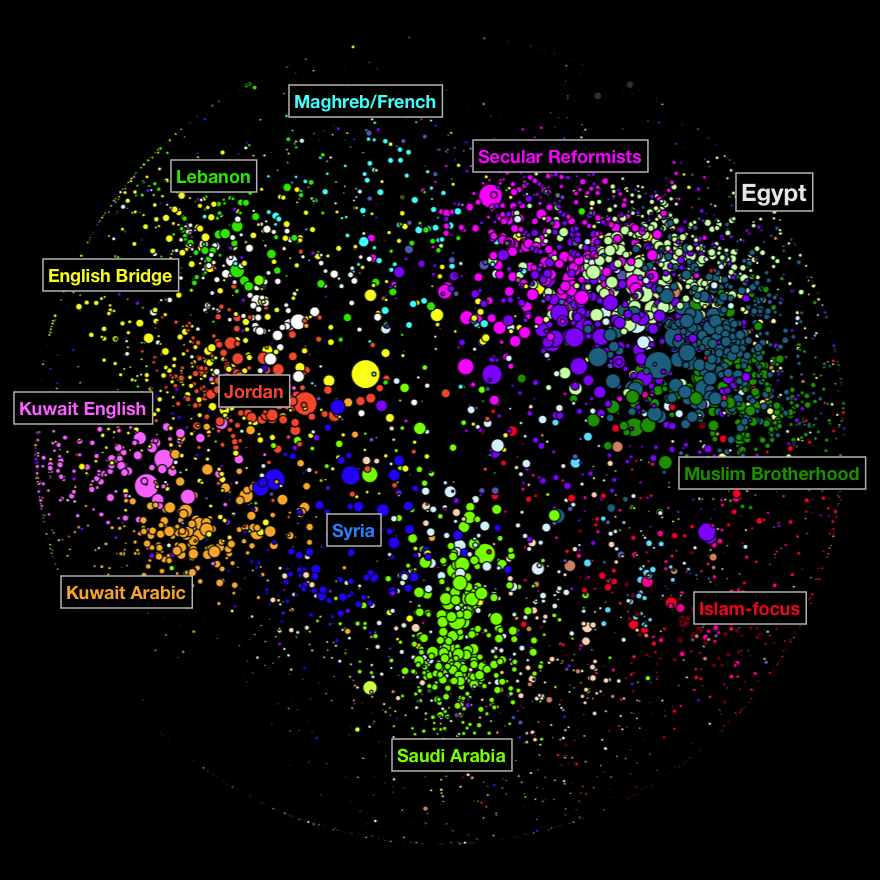YouTube, Neda and the Revolution
July 31st, 2009 — Bruce EtlingYouTube appeared to play a major role in yesterday’s protests in Iran. After all, it was the the horrific YouTube video of Neda’s death that led to yesterday’s public mourning and protests, and it was also the platform where, more than anywhere else, we followed events throughout the day, including the defiant chants of protest into the night. They were sometimes loud, but also powerfully silent, and far more relevant than the under 140 character tweets (although there were many of those, as well). To be sure, yesterday’s public mourning of Neda and others who have been killed following the election was significant for a number of reasons, not least because Iranians turned out in large numbers even though they had been threatened, denied a permit to protest and then beaten and tear gassed when they showed up anyway – all while recording shaky images for the rest of us ( but also, I suspect, for each other). Hamid has a nice summary of the days events here, noting as many others did, that YouTube served as important proof of what the official media in Iran barely acknowledged – that significant numbers of Iranians turned out despite their threats and occasional violence to break up even small gatherings of citizens, including those trying to return to the scene of the crime.
This seems to me an important moment for citizen journalism, for we’d surely be even more clueless about what was happening in Iran if it wasn’t for YouTube, Twitter and the Internet more generally. Yesterday, I watched LA Times reporter Borzou Daragahi (who’s reporting on Iran from Beirut) say on the Newshour:
Well, we’re not exactly sure what happened here. But from one thing that we understand, not only in terms of eyewitness accounts, but YouTube video that I’ve seen, although there were some reports of clashes between the security forces and the mourners at Behesht-e Zahra, Tehran’s greatest and largest cemetery, there were also reports that they were getting along quite amicably, the mourners and the police, at some point. (my italics).
And the Lede, which had probably the best coverage throughout the day, relied heavily on video accounts shared from trusted sources. Seeing it seems, is key to believing.
It may still be that the Internet is more important in getting the news out about what is happening in Iran than organizing protesters inside the country, but I can’t help but wonder if by recording and sharing with others video proof of peaceful protests, despite the government threats and virtual silence on government controlled media, that this medium hasn’t helped galvanize the opposition to turn out again next week, and the week after that…and the week after that. While Susan Sontag wrote critically about the desensitizing effect of images of death and suffering in the Balkan wars, it seems that in Neda’s case, the opposite happened. Hers was an unnecessary and gruesome death that is not easy to watch, but perhaps because it was not scrubbed clean of its brutality for network news, but instead seen more often than not in all its powerful reality on YouTube, that Iranians were mobilized again to turn out against the government that killed her.








 Click Here
Click Here